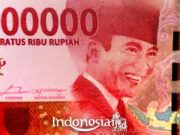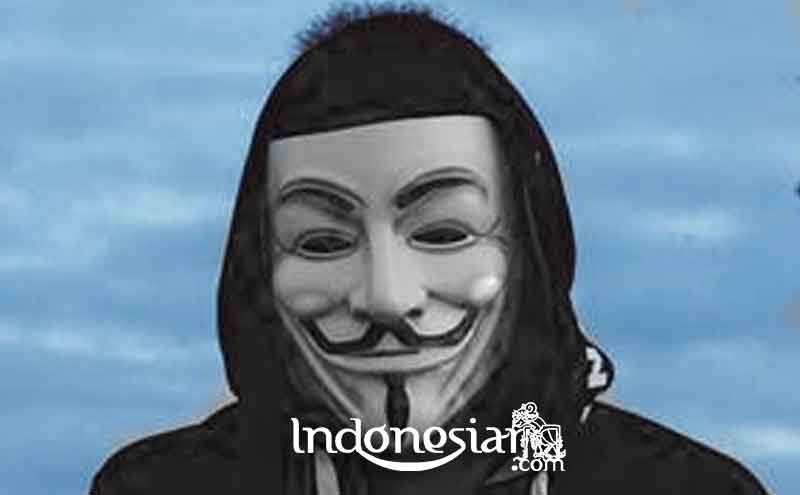Magasa dance is one of the traditional dances of the Arfak people in West Papua. This dance is usually performed massively by male dancers and female dancers. They dance with each other hand in hand and form a long line like a snake, so that many call this dance as the Snake Dance. Magasa dance is one of the dances that is quite well known in West Papua, especially among the Arfak tribe. This dance is usually performed at various events that are custom, entertainment, and culture.
History of Magasa Dance
It is said that the Magasa dance has existed since ancient times. This dance is one of the traditional traditions of the Arfak tribe. Arfak tribe itself is an indigenous tribe who inhabits the Arfak Mountains region in Manokwari, West Papua. This dance was used to celebrate a victory or success in doing something. Besides Magasa Dance is also often displayed to welcome the guests of honor who come there.
This dance is performed as an expression of people’s gratitude and happiness for what they get. Over time, the Magasa dance is still maintained and preserved by the Arfak people until now. Aside from being one of the legacies of our ancestors, Magasa Dance is also very rich in the values contained in it.
Function and Meaning of Magasa Dance
Magasa dance is usually functioned to enliven events such as welcoming guests, weddings, traditional events and other important events. This dance is interpreted as an expression of people’s gratitude and happiness for what they get. Besides this dance is also interpreted as a symbol of unity and a sense of togetherness of the Arfak tribe. This can be seen from how they do it together regardless of age, gender, and social status that distinguishes them.
Magasa Dance Performance
Magasa dance is usually performed by male and female dancers in bulk or in large numbers. The dancers dance hand in hand and form elongated formations. For the position of the dancers are usually alternating between men and women. Accompanied by song poetry or songs, they dance together and are full of joy.
The movements in Magasa dance are quite simple, the movements are dominated by jumping to the side together and one-way. One of the highlights in this dance is their changing and varied uninterrupted formation. The formation is like a circular formation, curved and straight, so it looks like a snake’s movement.
Magasa Dance Accompaniment
In the Magasa Dance performances are usually only accompanied by the singing of poetry or songs from the dancers, so that it is done without using accompaniment music. The song’s lyrics are then performed together in one voice. Even without using accompaniment music, the movements in this dance are still in tune with the song lyrics performed by the dancers.
Magasa Dance Costumes
The costumes used by dancers in Magasa Dance performances are usually traditional costumes. The male dancers usually only use cloth loincloths and headgear made of Cassowary or Bird of Paradise feathers. Male dancers usually have weapons such as swords or spears in their hands. Whereas for female dancers usually use a kind of cloth gloves that cover the chest to their ankles. Then for accessories, female dancers use decorations such as flowers and sago leaves that attach to their hair.
The Development of Magasa Dance
The Magasa dance is still maintained and preserved by the people there. In its development, other than as a traditional dance, this dance is also often performed in various entertainment events or celebrations. Besides Magasa Dance is also often displayed at various cultural events such as art shows, cultural festivals, and tourism promotion. This is certainly done as part of efforts to preserve and introduce to the younger generation and the wider community of the culture they have.
So much information from us about the traditional dance from West Papua called Magasa Dance. Hopefully it will be useful and will broaden your horizons about traditional arts in Indonesia. So, Do you like to travel to Indonesia? Please comment on this and share this information!































